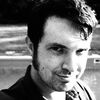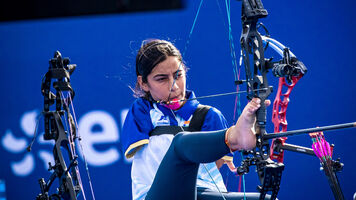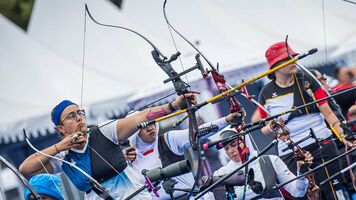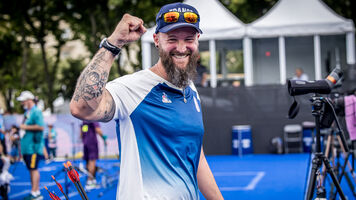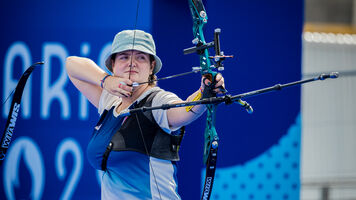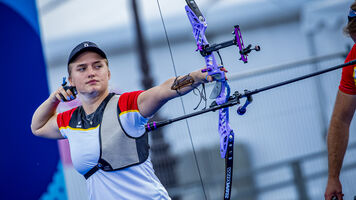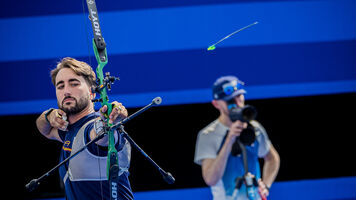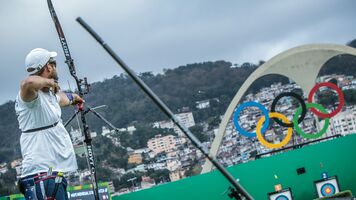When the wheels fall off: Target panic at the World Cup Final
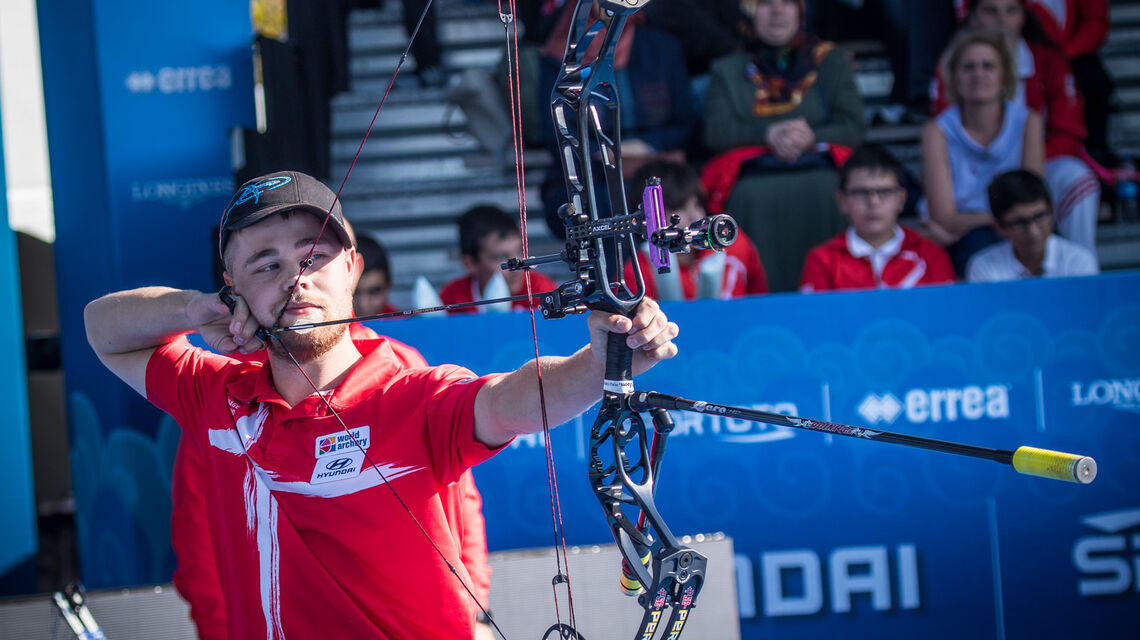
Many in the archery community will have heard of target panic, and many who actively shoot will have experienced it at some point.
It can take several forms, but most commonly manifests as a difficulty in either releasing the arrow, an inability to put the sight pin on the gold or an urge to release the shot prematurely, rather than going through the proper execution process (often called punching for compound archers).
The root causes are varied, but it is thought to be a disconnect with how the brain learns and remembers muscle movements in the body.
What isn’t so well known is how common this problem is among elite archers, often those at the very top of the sport.
At the 2018 Hyundai Archery World Cup Final, Stephan Hansen was clearly unhappy with his shooting throughout his quarterfinal match with Demir Elmaagacli, but had two very visible twitches at full draw with his last two arrows, producing a disastrous six and seven.
“It was terrible. It was horrible. Yeah, I don’t really know what to do from now on, but I’ll figure it out,” said Hansen.
“It’s not good but… I don’t know. It’s called target panic, and it’s not fun. That’s what happens, and you cannot control it and you cannot get out of it.”
It is not the first time Hansen has had this problem. He’s been open about his switch between trigger and back tension releases in the past – in part to help him control his shot in the finals arena.
“I know everything about it as I’ve had it before. It happens to other people as well. I don’t know why,” he added.
“It’s dumb. It’s weird. We should be better than that. But we aren’t, apparently.”
Hansen is a full-time professional archer who makes his living competing around the world – and after his match, went immediately back out onto the practice field to try and straighten things out.
“We have a mental coach [in Denmark]. But he’s more with the recurves. And I don’t have a chance to see him, because I travel all the time,” he said.
“I don’t really know what to do from now on, but I’ll figure it out.”
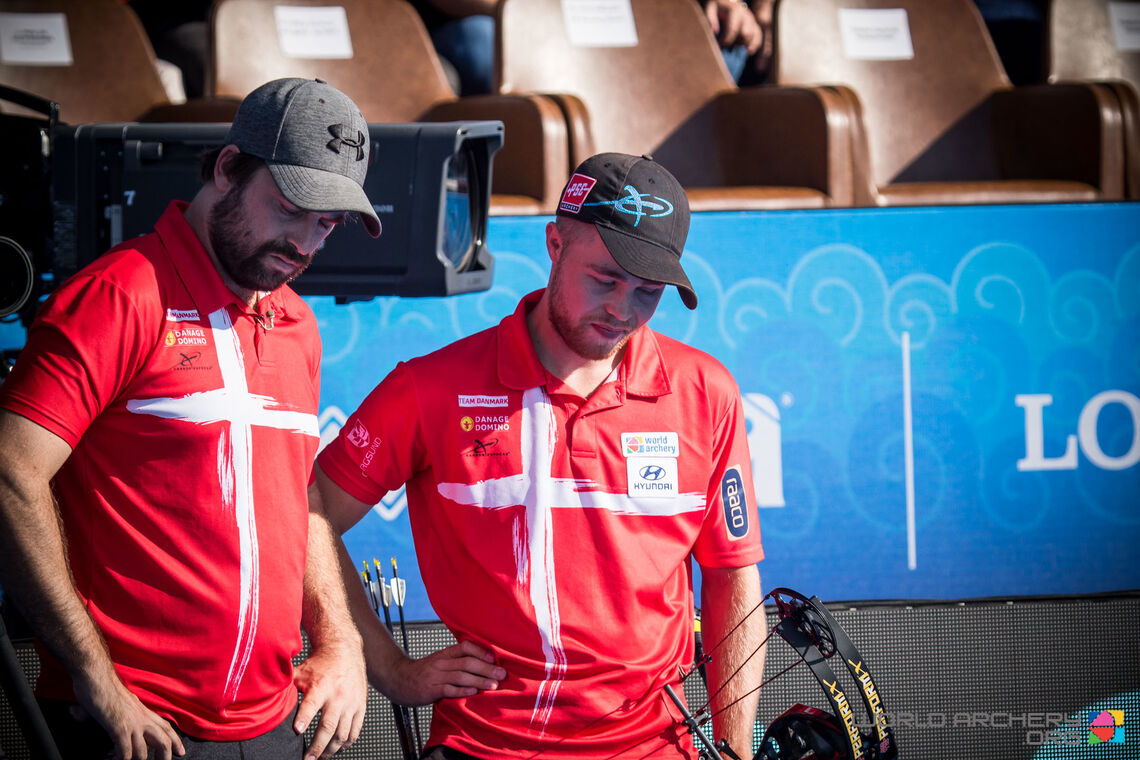
Many other top compounders have suffered from target panic at some point or another, Braden Gellenthien among them.
“For me, it’s been more like hanging up in the shot instead of punching [the trigger], and having trouble getting it to execute,” said Gellenthien. “It comes and goes. I’m lucky I’ve never had it that bad in competition.“
“It's something that stays with you at the back of your mind. You might see some archers switching up the grip on their bow or the grip on their release to try and get over it, like golfers freeing up their swing for putting.”
Braden, a two-time Hyundai Archery World Cup Final Champion himself, thinks that the battle with target panic is an ongoing one for many top athletes.
“There’s a lot of techniques and methods to get over it. Stephan had a pretty bad bout of it yesterday, but I’m sure he'll find a way to get over it and be competitive again. There’s no doubt in my mind,” he said.
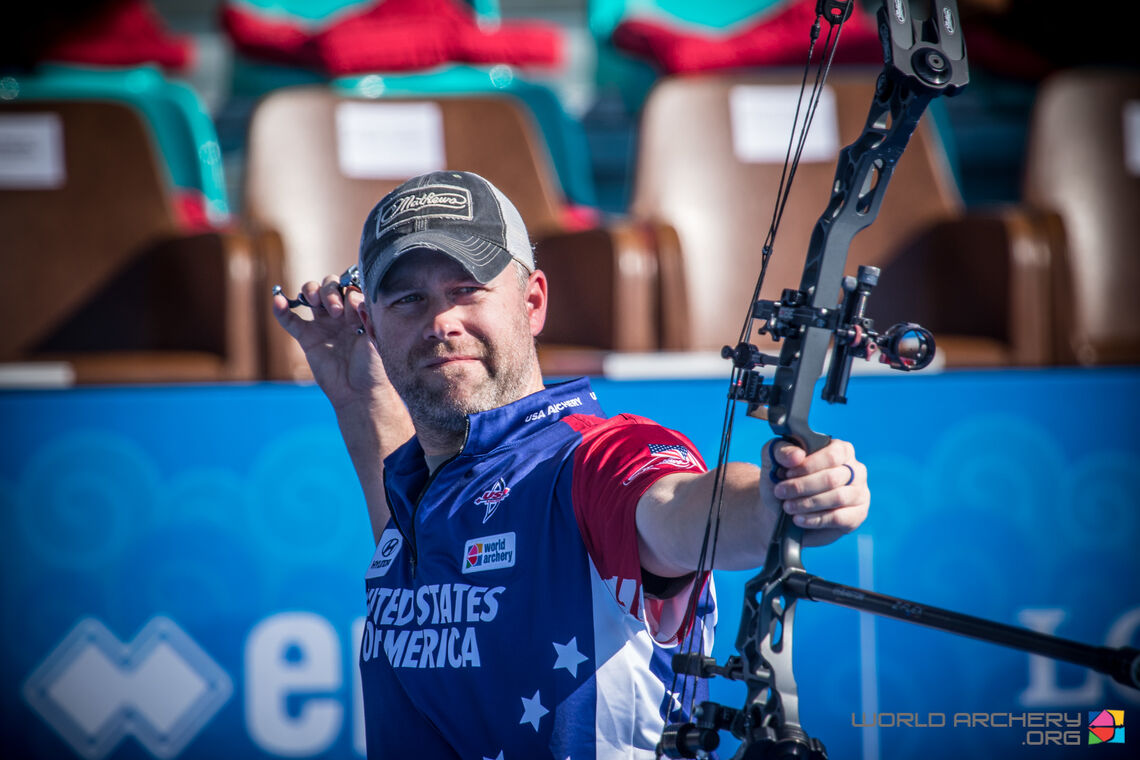
Several elite recurve archers have had – and conquered – the problem, including Beijing 2008 Olympic Champion Zhang Juan Juan and Olympic silver medallist and double indoor world champion Magnus Petersson.
It’s not unknown within the Korean team either, with coaches referring to target panic as ‘clicker disease’.
Respected coach Kim Hyung Tak even has his own cure for the situation – simply taking off all stabiliser weight and going to a lighter bow, then working the archer back up to competition strength.
Archery is a mental game and target panic is a physical manifestation of one of the performance anxiety problems that can affect how athletes deliver on the big stage. It’s not fun, it’s not pleasant and it can be quite demoralising at any level.
But it’s not unbeatable. Even some of the world’s best archers suffer with it – and come out the other side.
The 2018 Hyundai Archery World Cup Final took place on 29-30 September in Samsun, Turkey.
